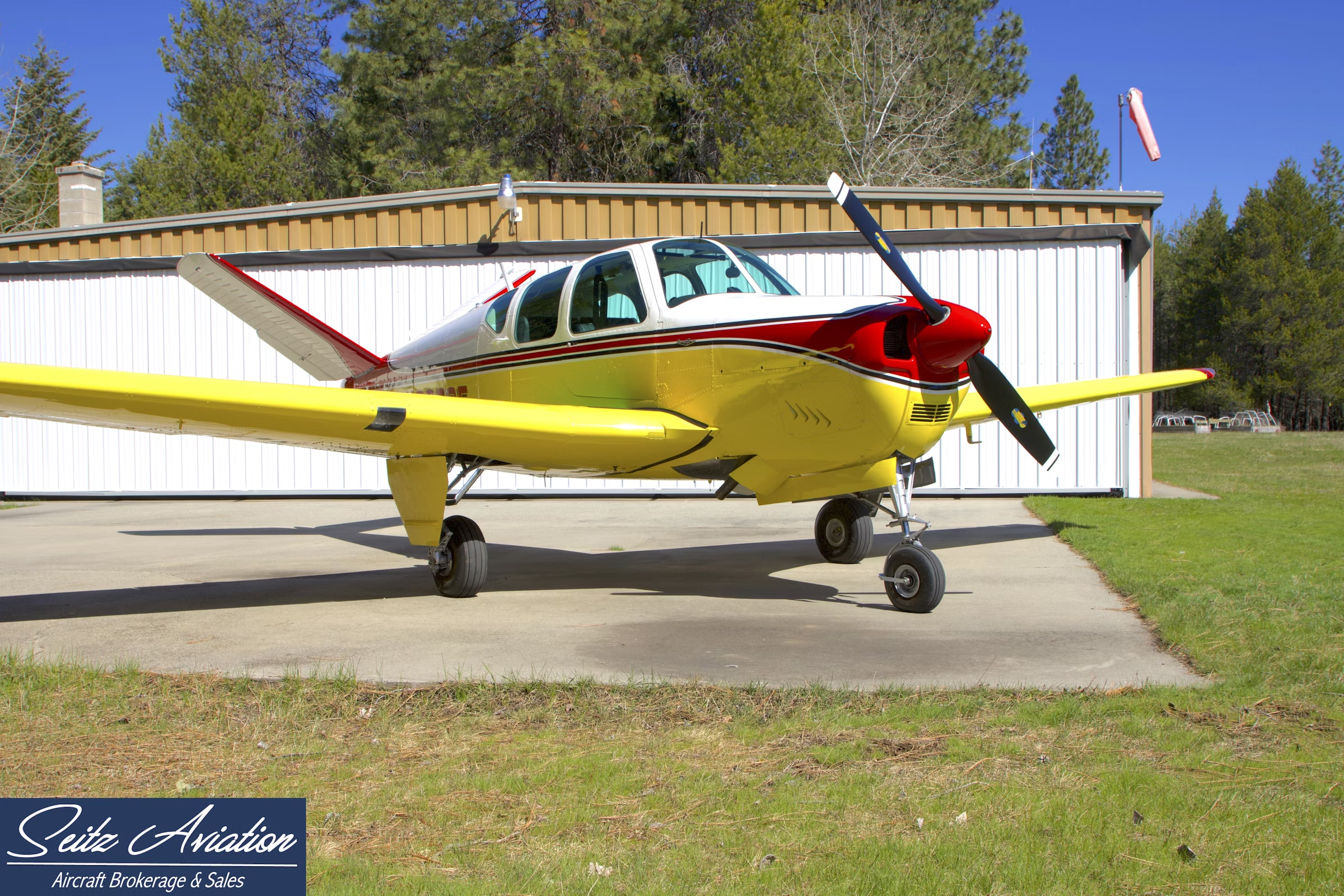FAA Broadens BasicMed Certification Standard
New rule now allows pilots to fly aircraft with a takeoff weight of 12,500 pounds with up to six passengers.

To be eligible for BasicMed, a pilot must have held an FAA medical certificate as of July 14, 2006, and hold a U.S. driver’s license. They must also undergo a physical exam from a state-licensed physician using FAA’s Comprehensive Medical Examination Checklist every 48 calendar months.
[Credit: Adobe Stock]
Pilots under BasicMed can now fly larger aircraft, thanks to an update published in the 410-page FAA Reauthorization Act of 2024 that went into effect this week.
The FAA released the following details of the update Friday:
The FAA Reauthorization Act of 2024 required the FAA to expand BasicMed to:
- Increase the number of allowable passengers to six from five, and the number of occupants to seven from six.
- Increase the maximum aircraft takeoff weight to 12,500 pounds from 6,000 pounds, excluding transport category helicopters.
- Allow pilot examiners to conduct flight checks using BasicMed in aircraft that are covered by the BasicMed rule. Information for examiners is available here.
BasicMed also includes certain limitations. Pilots cannot fly for compensation or hire and are restricted to flying at or below 18,000 feet altitude and at a speed no greater than 250 knots.
The new BasicMed also allows the pilot to be able to act as safety pilot without needing to be the pilot in command (PIC).
The Aircraft Owners and Pilots Association (AOPA) was the architect of BasicMed, which was proposed in 2016 and went into effect in May 2017. For the past year AOPA took a wait-and-see attitude toward the release of BasicMed 2.0, which was slated to be on November 12. According to materials provided to flight instructors who teach AOPA’s Rusty Pilot seminars, BasicMed has helped thousands of aviators return to the skies.
As a CFI who presents the Rusty Pilot seminars, I can attest that the most frequently asked questions are about the eligibility requirements for BasicMed, as a great many pilots did use or planned to use it to regain flying privileges. In its original form BasicMed authorized pilots to fly an aircraft of up to 6,000 pounds with five passengers and exercise both VFR and IFR privileges, to act as safety pilot if PIC, as a CFI, fly an aircraft up to 250 knots and an altitude of 18,000 feet.
To be eligible for BasicMed, a pilot must have held an FAA medical certificate any time after July 14, 2006, and hold a U.S. driver's license. They must also undergo a physical exam from a state-licensed physician using FAA's Comprehensive Medical Examination Checklist every 48 calendar months.
Every 24 calendar months, the pilot needs to complete a free online medical education course available through either AOPA or the Mayo Clinic and pass a quiz with a score of 80 percent or better to obtain the BasicMed course completion certificate. The pilot needs to retain this information and keep the certificate and medical exam documents with their logbook, either as a hard copy or digitally.
Pilots are reminded to comply with FAA regulations, specifically FAR 61.53, which prohibit operating an aircraft with a known medical deficiency. In addition pilots still need to follow the IMSAFE checklist to assess their fitness before every flight.

Sign-up for newsletters & special offers!
Get the latest FLYING stories & special offers delivered directly to your inbox






